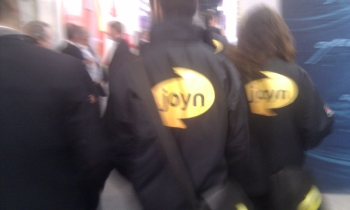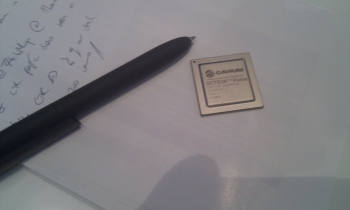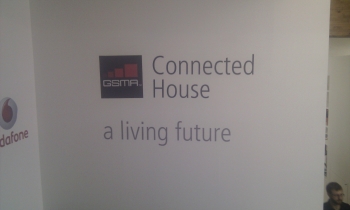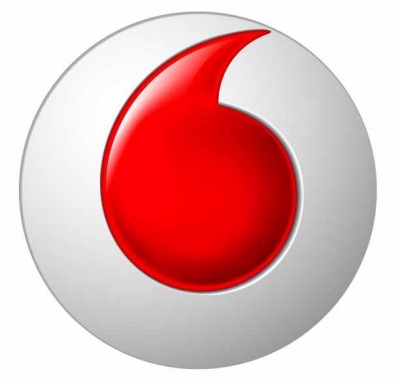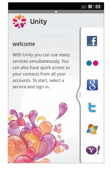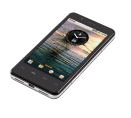ZTE Debuts LTE-A Inter-Band Dual-Carrier Commercial Base Station at MWC…
ZTE Corporation debuted its LTE-A Inter-band Dual-Carrier commercial base station at Mobile World Congress 2012 (MWC 2012) in Barcelona, Spain.
The new LTE-A commercial base station is based on the company’s leading SDR hardware platform. It introduces inter-band carrier aggregation and MIMO (multiple input and multiple output) technologies. These technologies can double peak rate for individual users, enabling high-speed downloads of up to 270Mbps in the downlink and meeting growing data service demands. During the congress, ZTE also demonstrated the base station’s inter-band carrier aggregation capabilities on two bands: 20M 2.6G and 20M 1.8G.
As frequency resources are becoming increasingly valuable, carrier aggregation technology will help assist operators with separate and discontinuous frequency resources because it can aggregate multiple carriers and increase frequency utilisation rate. This technology also enables greater bandwidth, higher user throughput. In addition, it can solve the problem of rapid throughput decrease in the cell edge.
ZTE’s LTE products are recognised as industry leading by high-end operators in Europe, North America and Japan. As of the end of 2011, ZTE had won 30 LTE commercial contracts across the globe, including with CSL, H3G, Vodafone, Softbank, Zain and others. The company has also deployed test networks in cooperation with more than 100 operators all around the world, including in Europe, the Americas, Asia-Pacific, and the Middle East.
… as Huawei Announces “World’s First LTE-A Inter-Band Carrier Aggregation Solution”
Huawei today announced the launch of the world’s first LTE-A (LTE-Advanced) inter-band carrier aggregation (CA) solution at the Mobile World Congress 2012 in Barcelona. This solution will significantly improve the utilization of discontinued spectrum resources and increase user peak rate and network throughput.
In an era of mobile broadband (MBB), diversified MBB services and increasing data traffic used by individual subscribers have a huge impact on mobile networks. Scarcity of spectrum resources, however, prevents proportional increases in network capacity. In recent years there has been considerable discussion about how operators can effectively utilize spectrum assets for greater capacity.
At the Mobile World Congress 2012, demonstrations of Huawei’s LTE-A inter-band CA solution showed inter-band carrier aggregation at 800MHz and 2.6GHz with peak throughput of over 225Mb/s. The solution is expected to revolutionize user experience by allowing networks to meet bandwidth requirements of data-heavy applications, marking an industry milestone and demonstrating Huawei’s leadership in field of LTE-A innovation.
Inter-band CA is the most difficult to realize of the three forms of LTE-A CA (continuous CA within the band, non-continuous CA within the band, and non-continuous CA outside of the band). Given existing spectrum allocation policies, inter-band CA not only dramatically increases spectrum resource utilization, but also helps operators flexibly combine bandwidth and solve spectrum discontinuity to increase user peak rates and experience. With this solution, operators enjoy greater returns and spectrum assets will appreciate in value.
“Through customer-centric innovation and strong partnerships, we are dedicated to creating maximum value for our customers by providing competitive solutions,” said Ying Weimin, President of Huawei GSM&UMTS<E Wireless Network Business Unit. “Huawei has long partnered with leading global operators in the fields of LTE/LTE-A. Huawei’s leading end-to-end advantages help operators build efficient, sustainable, and profitable mobile broadband networks, as well as bring people a wonderful service experience.”
According to recent reports from the 3rd Generation Partnership Project (3GPP), Huawei has contributed more than 260 approved LTE/LTE-A core specifications since 2010, comprising an industry-leading 20% of all approved contributions. Huawei’s dedication to sharing its technological innovations continues to play a fundamental role in the development of the global LTE industry.


